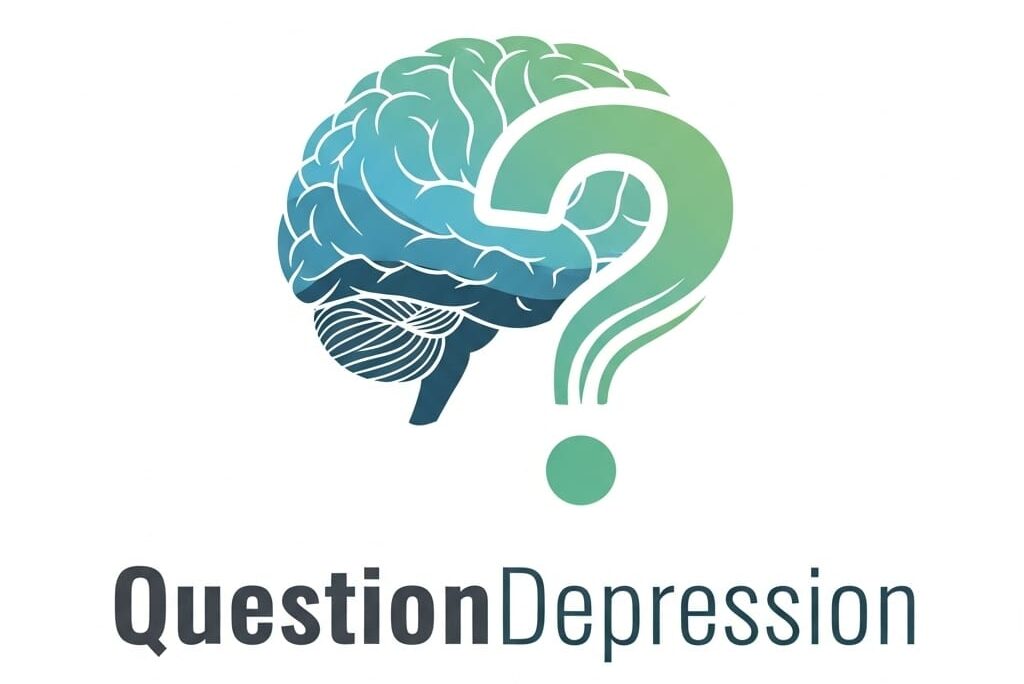
It targets specific social difficulties that are believed to contribute to the individual’s depression. These problem areas generally include:
-
- Grief and loss
Addressing feelings related to the loss of a loved one or other major life changes.
-
- Role transitions
Navigating significant life changes, such as a new job or divorce, can trigger mental health issues.
-
- Interpersonal disputes
Resolving conflicts with friends, family, or romantic partners that may be affecting mood.
-
- Interpersonal deficits
Improving skills for building or maintaining relationships, notably for individuals who struggle with social isolation or lack close connections.
IPT underlines teaching people to communicate their needs and feelings more effectively.
This incorporates learning to express emotions openly and clearly, asserting relationship needs, and handling disagreements constructively.
-
- Why it helps
Better communication reduces misunderstandings and lowers relationship tension, helping individuals build stronger connections.
This approach provides practical strategies for tackling interpersonal challenges and conflicts.
Therapists work with clients to identify solutions, improve flexibility in thinking, and build resilience in facing social challenges.
-
- Why it helps
These problem-solving skills empower individuals to handle relational stress in healthier ways, reducing the impact of interpersonal stressors on their mood.

It helps people process unresolved feelings related to past or recent losses by helping them find ways to manage these emotions and make sense of the loss.
-
- Why it helps
This could prevent unresolved grief from becoming a prolonged source of distress and depression, allowing individuals to grieve healthily and move forward with their lives once more.
IPT supports seeking and engaging in supportive relationships outside of therapy, which may involve reaching out to friends or family.
-
- Why it helps
Mood disorders are frequently accompanied by isolation and withdrawal.
Increasing social support protects against stress and could improve overall mood by granting a sense of belonging and security.
It also assists individuals in clarifying roles in their relationships and aligning expectations, whether in family, romantic, or work contexts.
Misunderstandings or unmet expectations are often central to relational conflicts.
-
- Why it helps
Clarifying roles aids relationships to become a source of support rather than tension by lowering role-related stress, promoting understanding, and decreasing misunderstandings.

IPT often includes goals to increase social interactions, attend social events, or reconnect with supportive people.
Even small actions like initiating conversations are encouraged.
-
- Why it helps
Behavioral activation or re-engaging with positive activities is known to help alleviate mood issues.
The approach uses natural social reinforcement to improve mood and disrupt patterns of withdrawal by encouraging social activity.
- Improving emotional insight and empathy
It teaches individuals to recognize and validate their feelings while also nurturing empathy for others’ perspectives.
This enhances their understanding of social dynamics.
-
- Why it helps
Depression can make it challenging for individuals to relate to or empathize with others, often leading to strained relationships.
Greater emotional insight and empathy could ease isolation and loneliness by promoting healthier and more satisfying connections.
- Learning to set boundaries

IPT often involves setting boundaries as part of managing interpersonal disputes and navigating role expectations.
Clients practice asserting themselves and saying “no” when needed.
-
- Why it helps
Mood disorders can be worsened by boundary issues such as overcommitment or difficulty asserting needs.
Setting healthy boundaries aids in avoiding burnout, reducing resentment, and maintaining balanced relationships.
The approach helps people understand and navigate competing demands from various roles, like being a parent, employee, or friend.
It demonstrates strategies for managing expectations and balancing roles.
-
- Why it helps
Major life transitions and role strains can trigger or worsen depressive symptoms.
That’s why knowing how to balance roles and handle stress from multiple commitments helps reduce role-related stress while boosting confidence in handling life’s challenges.

IPT often includes homework assignments like practicing conversation skills or journaling about feelings after a social interaction.
These exercises support in-session insights.
-
- Why it helps
Structured homework assignments provide real-life practice, making therapeutic gains more concrete.
This increases the likelihood of lasting change beyond therapy sessions by helping individuals develop and internalize new skills.
It validates and normalizes depressive feelings, making consumers feel understood rather than judged.
Therapists help them see that interpersonal issues are common and manageable.
-
- Why it helps
Depression regularly causes guilt or failure due to carrying the stigma.
IPT reduces stigma and helps clients feel more optimistic about managing their symptoms by normalizing these experiences.

The therapeutic setting is safe and non-judgmental, allowing clients to openly discuss frustrations, disappointments, and fears related to their relationships.
-
- Why it helps
Suffering from mental problems is frequently accompanied by pent-up emotions that can intensify symptoms if left unaddressed.
Fortunately, having a safe space to process these emotions aids in gaining clarity and reducing the emotional burden.
Near the end of therapy, counselors often help individuals create strategies to manage future interpersonal stressors and maintain healthy relationships after therapy ends.
-
- Why it helps
Depression can come back when interpersonal stressors develop.
People can handle future conflicts or transitions in healthier ways by building long-term skills, reducing the likelihood of relapse.
My complete IPT guide can be found here.
Join our forum and Facebook
Please consider joining our forum and Facebook if you enjoyed reading this and would like to chat with like-minded peers about anything depression related.
It would certainly go a long way toward making my dream of creating a thriving, supportive community a reality!

